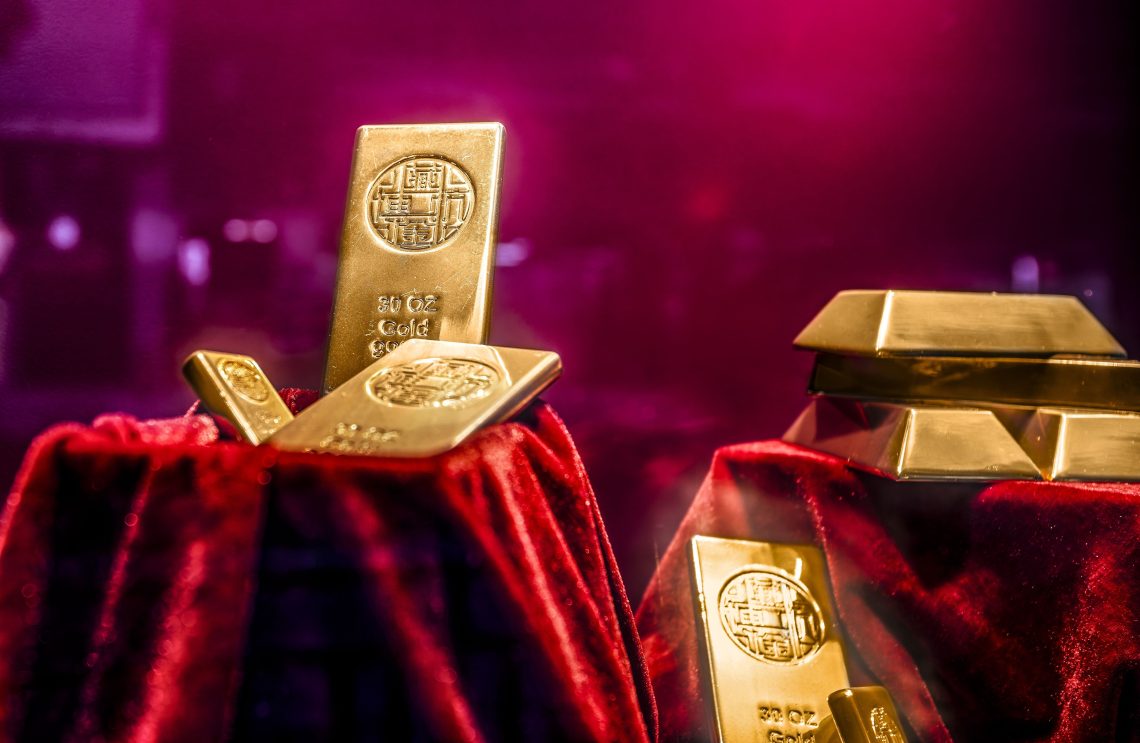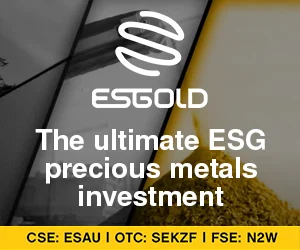Surging precious metal prices are not mere market fluctuations, but a fundamental repricing of long-term risk and strategic value in an increasingly fragmented world.
Gold bars in Macau, China. © Getty Images
In a Nutshell
States are hedging risk by increasing their holdings of gold.
Ballooning industrial demand is straining silver’s supply chains.
Producer countries are limiting exports of unrefined ores.
This year has proven to be a watershed moment for the precious metals market. Since January, gold, silver, and platinum prices have surged by approximately 60%, 75%, and 80%, respectively, reaching unprecedented and persistent record highs. Notably, the price of gold has breached $4,000 per troy ounce, peaking at $4,381 in October before retreating slightly due to profit-taking. This remarkable rise has solidified gold’s status as the world’s most valuable individual asset, boasting a market capitalization of around $28 trillion.
In comparison, gold far surpasses the market capitalization of the most valued company, Nvidia, at approximately $4.5 trillion, and Bitcoin, the leading cryptocurrency, at $2.5 trillion. Silver, too, holds a significant position as the sixth-most valuable asset globally, valued at $2.7 trillion.
The Evolving Role of Precious Metals
Traditional financial frameworks for valuing assets have struggled to explain the recent surge in precious metal prices. While conventional economic drivers like inflation and interest rates remain relevant, their influence has become increasingly intertwined with complex geopolitical factors. The decline of unipolar American hegemony and the rise of a multipolar world order have shifted the landscape, particularly in the wake of the Trump administration.
The Nexus of Economic Security and Strategic Resources
In this evolving multipolar environment, gold, silver, and platinum have transcended their traditional roles as hedges against inflation and economic uncertainty. They have gained new geopolitical significance as safe havens amid heightened national security concerns and financial market risks. Unlike government bonds or fiat currencies, the value of precious metals is not reliant on any single nation’s policies, making them attractive to central banks and private investors alike.
The most significant driver of precious metal purchases this year has been the coordinated move by both non-Western and some Western central banks away from the U.S. dollar toward increased holdings in gold and other precious metals. This trend is compounded by rising private investor concerns over global liquidity, leading to a surge in demand for gold- and silver-based mutual funds.
Central Banks as Key Players
Central banks have emerged as prominent actors in this trend. In 2025, strategic reserve managers have intensified their accumulation of gold as part of deliberate diversification and de-dollarization efforts. This behavior is not merely reactive; it reflects a long-term strategy to enhance reserve security amid fears of Western sanctions and economic instability.
The BRICS+ group, led by China and Russia, has embarked on an aggressive gold accumulation strategy, viewing it as a means to establish new currency mechanisms. This state-level demand has created an informal price floor, drawing vast quantities of physical gold into state vaults and reinforcing the institutionalization of precious metals as strategic assets.
Industrial Supply Constraints
The silver market is experiencing its own set of challenges. Political volatility in key mining jurisdictions, particularly Peru, has curtailed output due to labor strikes and social unrest. In China, proposals to raise mining royalties threaten foreign investments, while Russia’s pivot away from Western influence disrupts traditional pricing linkages.
Because much of silver is a byproduct of base metal mining, producers face limitations in ramping up output to meet surging demand. These geopolitical and regulatory headwinds exacerbate supply deficits, drawing down inventories and intensifying speculative interest.
The Platinum Paradox
Platinum has reemerged as a critical player in the precious metals market, driven by both geopolitical fragility and rising industrial demand. South Africa, a major platinum producer, faces chronic structural risks, including power blackouts and labor tensions, which have led to production declines. As investors internalize these risks, platinum is increasingly viewed as a “scarcity play.”
Simultaneously, the global push for net-zero carbon emissions has heightened the demand for platinum in green technologies, such as hydrogen fuel cells. This intersection of supply constraints and strategic resource control adds a geopolitical premium to platinum valuations.
Resource Nationalism and Geopolitical Dynamics
A significant theme in 2025 is the rise of resource nationalism. Governments in key producing countries are becoming increasingly reluctant to allow unfettered exports of precious metals. This trend is particularly pronounced in regions like South Africa and Mexico, where geopolitical leverage is being exploited to influence global supply.
Control over mining concessions, export restrictions, and local beneficiation rules are emerging as tools in broader economic strategies. When export caps or stricter regulations loom, markets interpret these moves as potential supply squeezes, further driving up prices.
Navigating Geopolitical Volatility
While geopolitical tensions can lead to sharp reversals in precious metal prices, the structural nature of many risk vectors suggests a default state of heightened stress. The interplay between debt stress, military tensions, and supply chain reorganization creates an environment where precious metals are increasingly viewed as foundational assets in a new global financial architecture.
Implications of the Precious Metals Rally
The rally in precious metals is not merely speculative; it reflects a deeper transformation of the global financial and geopolitical landscape. As reserve managers in smaller states emulate the strategies of major economies, the demand for gold and other precious metals is likely to persist.
Future Scenarios
More Likely: Sustained High Demand Amid Multipolarity
The world is gradually consolidating into a multipolar order, characterized by managed rivalry rather than direct conflict. This environment sustains a steady demand for gold as nations seek to reduce their vulnerability to Western financial sanctions.
Less Likely: Stabilization Amid Thawing Tensions
A stabilization of gold prices would require significant diplomatic breakthroughs and a de-escalation of geopolitical tensions. While this scenario is possible, it would necessitate a renewed commitment to multilateralism and global trade cooperation.
Least Likely: Acute Fractures and a New Financial System
In a tail-risk scenario, a catastrophic event could lead to a fundamental repricing of precious metals as foundational monetary assets. This would result in a frantic scramble for resources, fundamentally altering market dynamics.
Conclusion
The surge in precious metal prices signifies more than just market fluctuations; it represents a fundamental shift in how nations perceive economic security and strategic resources. As geopolitical dynamics evolve, gold, silver, and platinum are poised to play increasingly critical roles in the global financial architecture, shaping the future of international relations and economic stability.




